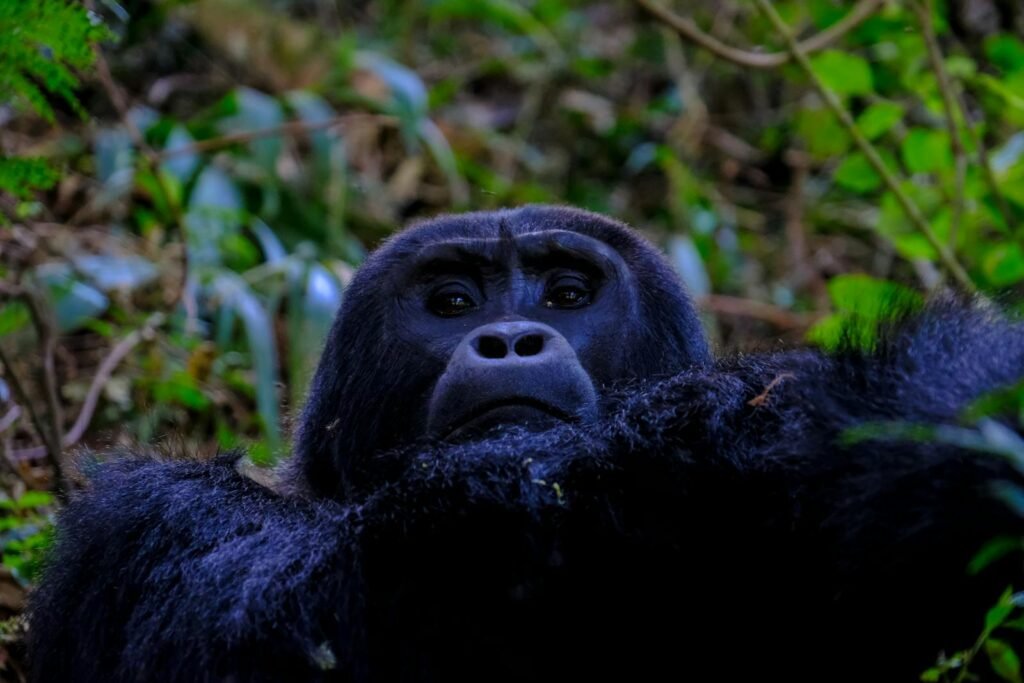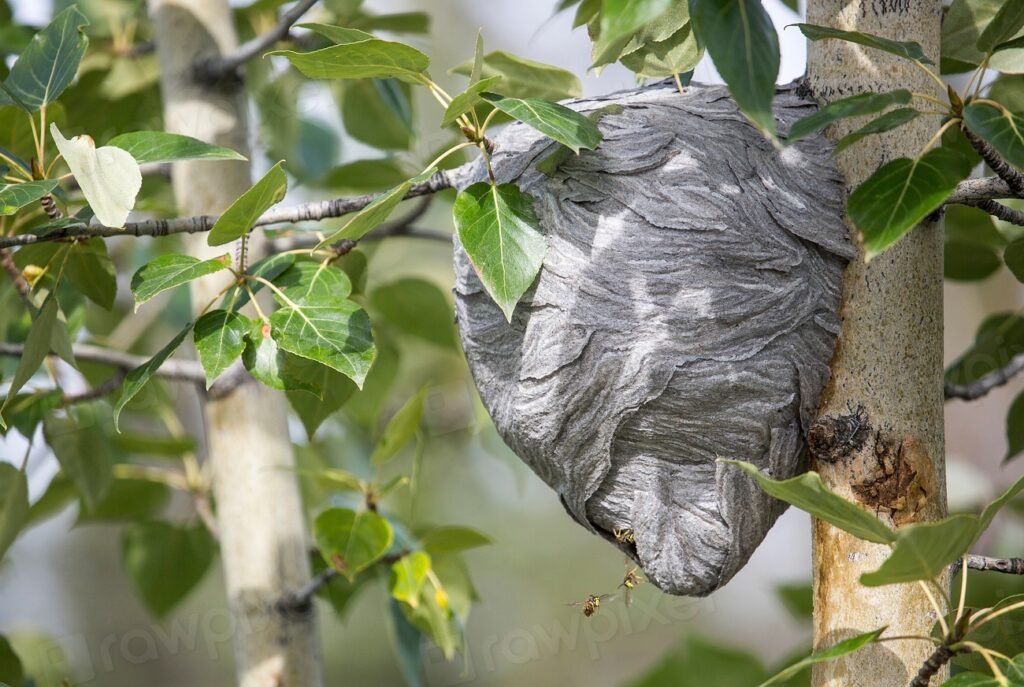Imagine plunging beneath warm turquoise waves, only to find yourself surrounded by a riot of life—dazzling fish, intricate corals, and creatures so bizarre they seem conjured from dreams. This isn’t a scene from a nature documentary. It’s the breathtaking reality of the Coral Triangle, a patch of ocean in Southeast Asia that scientists call the “Amazon of the Seas.” But here’s the twist: while coral reefs around the world are cracking and fading under the weight of climate change, pollution, and overfishing, the Coral Triangle is still pulsing with more marine life than anywhere else on Earth. Could this place be our planet’s final underwater sanctuary?
The Heart of Global Marine Biodiversity
The Coral Triangle stretches across six countries: Indonesia, Malaysia, the Philippines, Papua New Guinea, Timor-Leste, and the Solomon Islands. This region covers less than 2% of the world’s ocean, yet it contains nearly 76% of all known coral species. That’s not all—over 2,000 species of reef fish thrive here, packing the waters with a dazzling array of shapes and colors. It’s a living library of evolution, and every dive feels like flipping through pages in a story billions of years old. No other place on Earth matches its sheer diversity, making it a hotspot for scientists and adventurers alike.
A Reef Unlike Any Other
What sets the Coral Triangle apart from other famous reefs, like Australia’s Great Barrier Reef or the Caribbean, is its mind-boggling complexity. Picture a patchwork quilt of coral gardens, mangroves, seagrass beds, and volcanic seamounts. Each ecosystem supports the next, creating a network of life that is both resilient and adaptable. The reefs here aren’t just beautiful—they’re vital buffers against storms, nurseries for ocean giants, and the beating hearts of coastal communities. This interconnectedness is what gives the Coral Triangle its remarkable strength.
The Climate Refuge Effect
As ocean temperatures rise and reefs bleach around the world, the Coral Triangle stands out as a rare stronghold. Its location near the equator means waters are naturally warmer and more stable, allowing corals to adapt to heat stress over centuries. Some scientists even call it a “climate refuge”—one of the last places where reefs might survive as the world heats up. Coral species here have evolved to handle fluctuations in temperature, making them more resistant to the bleaching events that devastate reefs elsewhere. This resilience offers a glimmer of hope for the future of coral reefs worldwide.
Why So Many Species?
The Coral Triangle’s staggering diversity didn’t happen overnight. Over millions of years, shifting tectonic plates and changing sea levels created a maze of islands, channels, and deep ocean trenches. This geography became a playground for evolution, where isolation and connection happened in equal measure. Imagine hundreds of laboratories, each running its own wild experiment. Fish, corals, and invertebrates adapted to every nook and cranny, leading to an explosion of new species. It’s a living testament to nature’s creativity.
The Importance to Local Communities
For millions of people living along its coasts, the Coral Triangle isn’t just a natural wonder—it’s home. Over 120 million people depend on its reefs for food, jobs, and cultural identity. Local fishers harvest tuna, snapper, and grouper, while women gather seaweed and shellfish. The reefs provide natural protection against storms and tsunamis, acting like living seawalls. In many villages, traditions and stories are deeply tied to the ocean, passed down through generations. The fate of these communities is woven tightly with the fate of the reefs.
Under Threat: The Shadow Over Paradise
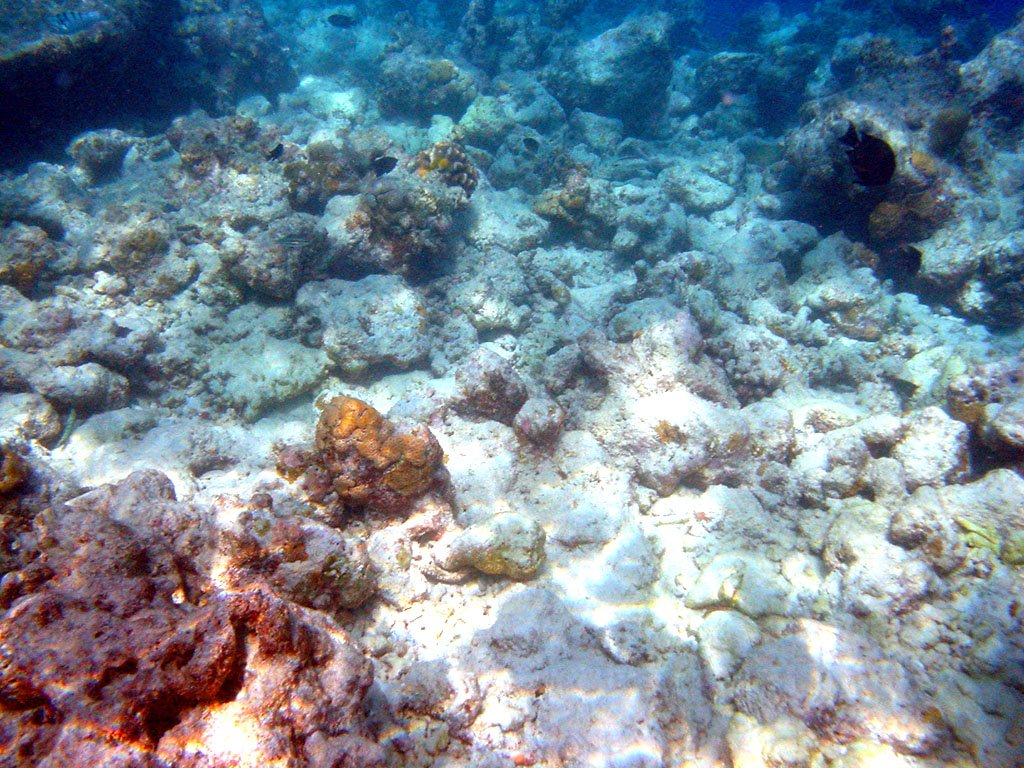
Despite its resilience, the Coral Triangle faces mounting threats every day. Overfishing, destructive fishing methods like blast fishing, pollution from land, and rampant coastal development all take their toll. Plastic waste drifts in on the tides, smothering coral and choking marine life. Mangrove forests disappear to make way for shrimp farms and resorts. Each new stress chips away at the region’s natural defenses, and the wounds can take decades to heal. The sense of urgency is palpable—these reefs are strong, but they are not invincible.
Climate Change: A Looming Storm

No place is immune to the impacts of global warming, not even the Coral Triangle. Rising sea temperatures threaten to trigger mass coral bleaching, while ocean acidification makes it harder for corals to build their skeletons. Stronger storms and unpredictable weather patterns erode coastlines and destroy fragile habitats. Scientists are racing against time to understand how much stress the reefs can endure. Every extra degree of warming brings new uncertainties, and the future of the Coral Triangle hangs in the balance.
Guardians of Genetic Diversity
The Coral Triangle is more than just a museum of beautiful species—it’s a vault of genetic secrets. Corals here have genes that let them survive temperature swings, disease outbreaks, and changing conditions. These adaptations could be crucial for restoring reefs elsewhere. Scientists are already studying Coral Triangle corals to learn how to breed or transplant more resilient varieties. In a way, the region is an ark, carrying the legacy of millions of years of evolution that might one day help rescue reefs all over the globe.
Coral Spawning: Nature’s Dazzling Fireworks
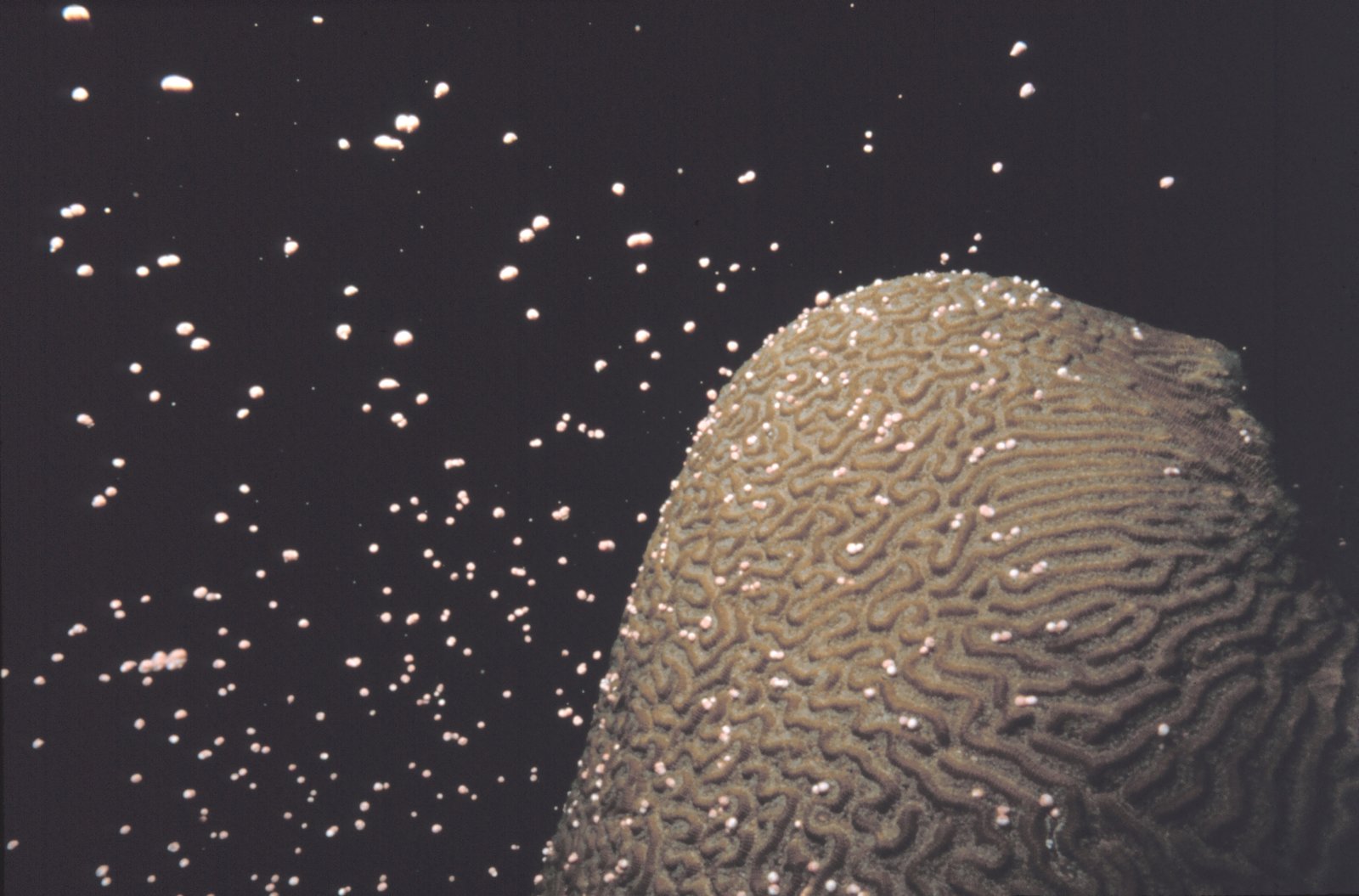
One of the most mesmerizing events in the Coral Triangle is mass coral spawning. For a few magical nights each year, corals release clouds of eggs and sperm into the water, turning the sea into a shimmering snow globe. This synchronized event ensures new generations of corals and keeps the reefs thriving. It’s a reminder of the delicate balance that sustains life here—and how easily it can be disrupted by pollution, noise, or changing currents. Witnessing it feels like watching an ancient ritual, both fragile and full of promise.
Mangroves and Seagrass: The Unsung Heroes
It’s not just the corals that define this region. Mangrove forests and seagrass meadows fringe the coasts, creating nurseries for baby fish and filtering pollutants before they reach the reefs. Mangroves act as shock absorbers, protecting shorelines from storm surges, while seagrass beds capture carbon and keep the water clear. Together, these habitats form a living shield around the reefs. Without them, the Coral Triangle’s web of life would quickly unravel. Their quiet strength is often overlooked, but they are just as vital as the flamboyant coral gardens.
Endangered Species: Hope for the Unusual
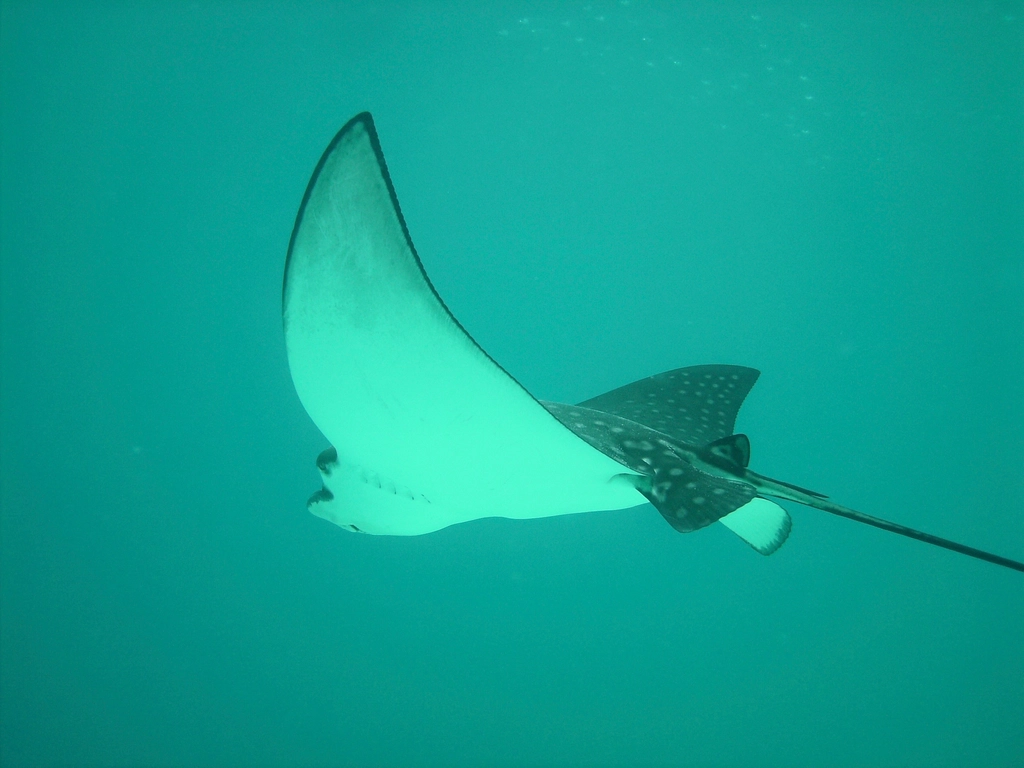
The Coral Triangle is home to some of the planet’s most endangered and peculiar creatures. The majestic manta ray, the elusive dugong, and the mesmerizing pygmy seahorse all find sanctuary here. Sea turtles glide through the shallows, nesting on remote beaches. For many of these species, the reefs are their last safe haven. Conservationists and local communities are working together to protect nesting sites, create marine parks, and crack down on illegal hunting. Every success story is a small victory in the fight to keep these extraordinary animals from disappearing forever.
The Role of Traditional Knowledge

Long before scientists arrived, indigenous peoples in the Coral Triangle developed sophisticated ways to manage the ocean’s bounty. In parts of Indonesia and the Philippines, communities use ancient taboos called “sasi” to protect spawning grounds and give fish stocks time to recover. These local rules, passed down through generations, often align with modern conservation principles. By blending traditional wisdom with new science, the region has a better chance of surviving the challenges ahead. It’s a beautiful example of how respecting the past can shape a brighter future.
Tourism: Blessing or Curse?
Tourism brings millions of dollars and creates jobs, but it’s a double-edged sword. Unregulated diving, boat anchors, and careless snorkelers can damage fragile reefs. Resorts sometimes dump untreated waste into the sea, turning paradise into a polluted nightmare. Yet, when managed responsibly, tourism can become a powerful force for good. Eco-friendly lodges, dive operators, and community guides are proving that visitors can help fund conservation while treading lightly on the environment. The challenge is finding the balance between sharing the Coral Triangle’s wonders and keeping them safe.
Cutting-Edge Conservation Science
Scientists are using drones, satellite mapping, and genetic analysis to unlock the Coral Triangle’s secrets. New technologies allow researchers to monitor reef health in real time, track migrating fish, and even spot illegal fishing from space. Coral nurseries and artificial reefs are being built to help damaged areas recover. These cutting-edge approaches are giving conservationists new tools to fight back against threats. The fusion of traditional knowledge and modern science is one of the region’s greatest hopes.
Community-Led Solutions
Across the Coral Triangle, grassroots efforts are making a real difference. Local fishers are setting up no-take zones, where fish populations can rebound. Women’s groups are restoring mangroves and teaching sustainable seaweed farming. Schools are bringing marine education into classrooms, inspiring the next generation of ocean stewards. These initiatives may seem small, but together they create a powerful wave of change. When communities take charge, the reefs stand a much better chance of surviving.
International Cooperation: A Shared Responsibility
Saving the Coral Triangle isn’t the job of any one country. Its waters cross borders, and threats like climate change and illegal fishing don’t respect boundaries. That’s why regional cooperation is crucial. Governments, NGOs, and global organizations are working together to create protected areas, share data, and crack down on illegal activities. The Coral Triangle Initiative, launched in 2009, is a shining example of what can happen when nations pool their resources for a common cause. Success here could be a model for ocean conservation everywhere.
The Future of Food Security
As the global population grows, the Coral Triangle’s reefs become even more important as a source of protein and livelihoods. Overfishing, however, is a ticking time bomb. If fish stocks collapse, millions could face hunger and poverty. Sustainable fishing methods, such as pole-and-line fishing and seasonal bans, are being promoted to keep the balance. Ensuring food security isn’t just about protecting fish—it’s about protecting people, cultures, and entire ways of life.
Plastic Pollution: A Threat Lurking Below
Plastic waste is suffocating the Coral Triangle. From discarded fishing nets to microplastics, the region’s reefs are under constant assault from human trash. Turtles mistake bags for jellyfish, and corals can starve when smothered by debris. Cleanup campaigns and bans on single-use plastics are gaining momentum, but the problem is massive. It’s a sobering reminder that what we throw away doesn’t just disappear—it travels, sometimes ending up in the world’s last great reef refuge.
Can the Coral Triangle Save the World’s Reefs?
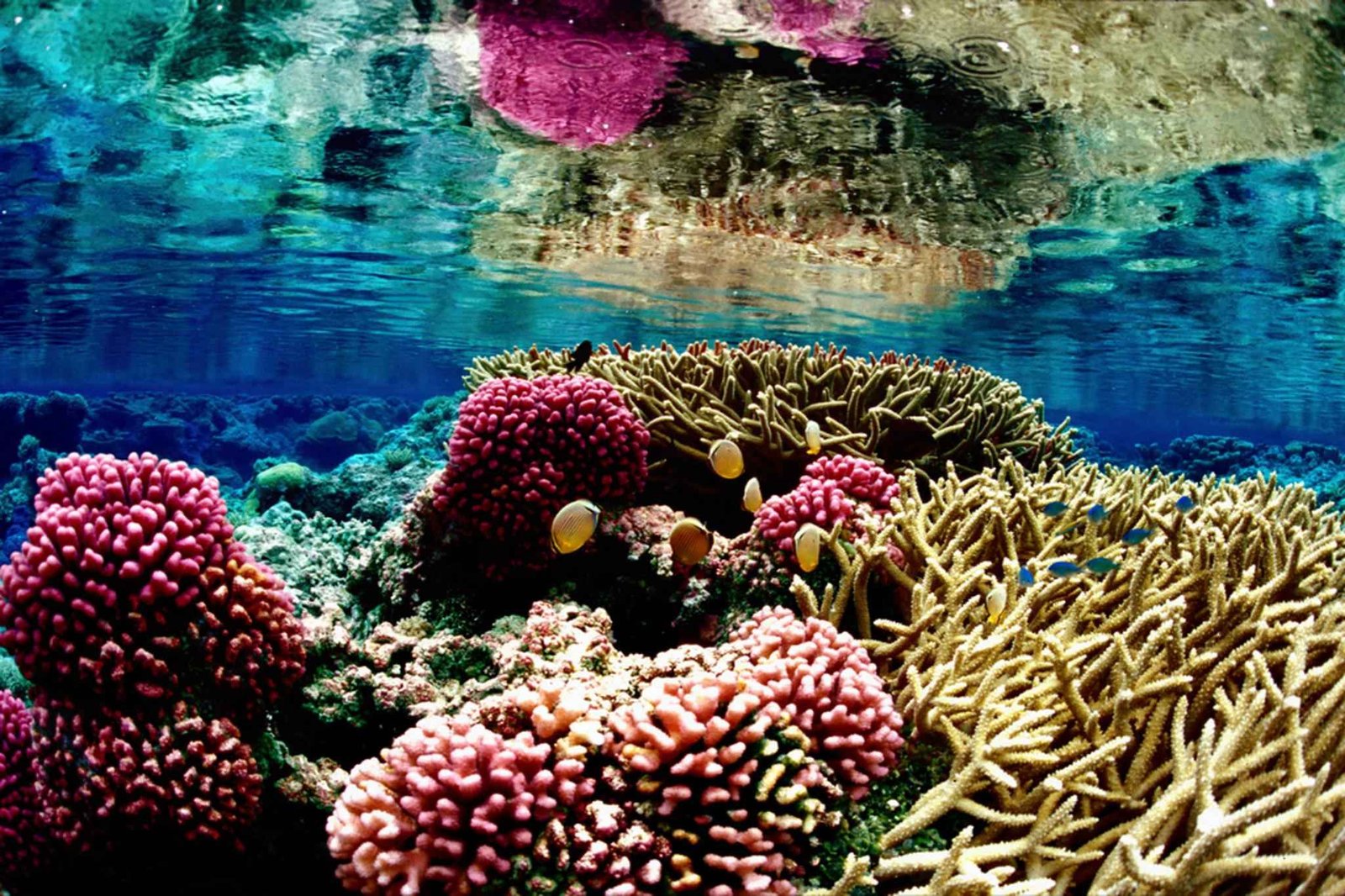
With its genetic diversity, resilience, and community spirit, the Coral Triangle might just hold the key to saving coral reefs everywhere. Scientists are testing whether heat-resistant corals from here can be used to help restore dying reefs in other parts of the world. The lessons learned—about cooperation, adaptation, and the value of biodiversity—could inspire ocean conservation on a global scale. It’s a living laboratory for hope, and the world is watching closely.
Why This Place Matters—Now More Than Ever
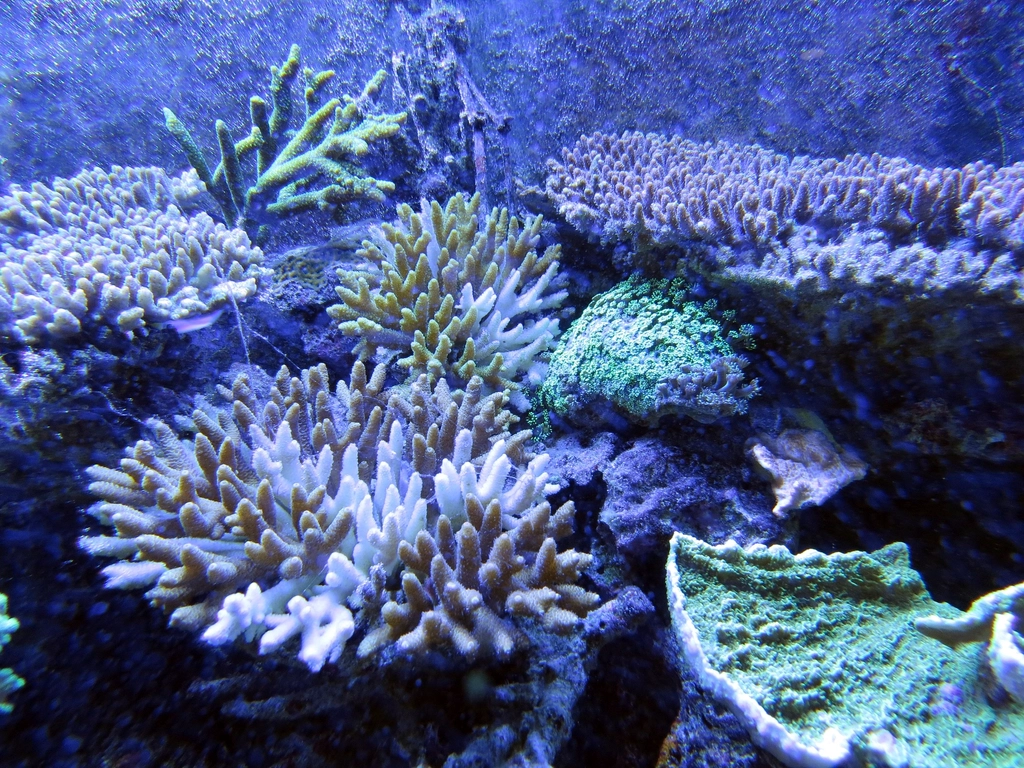
In a world where so many coral reefs are fading, the Coral Triangle glows like a lantern in the night. Its survival isn’t just about saving a beautiful place—it’s about protecting the machinery of life itself. The reefs buffer coasts, feed families, inspire art, and hold secrets to life’s resilience. If we lose this region, we lose a vital part of our planet’s soul. The question isn’t just whether the Coral Triangle can be the last reef refuge—it’s whether we have the will to keep its light burning for generations yet to come.

